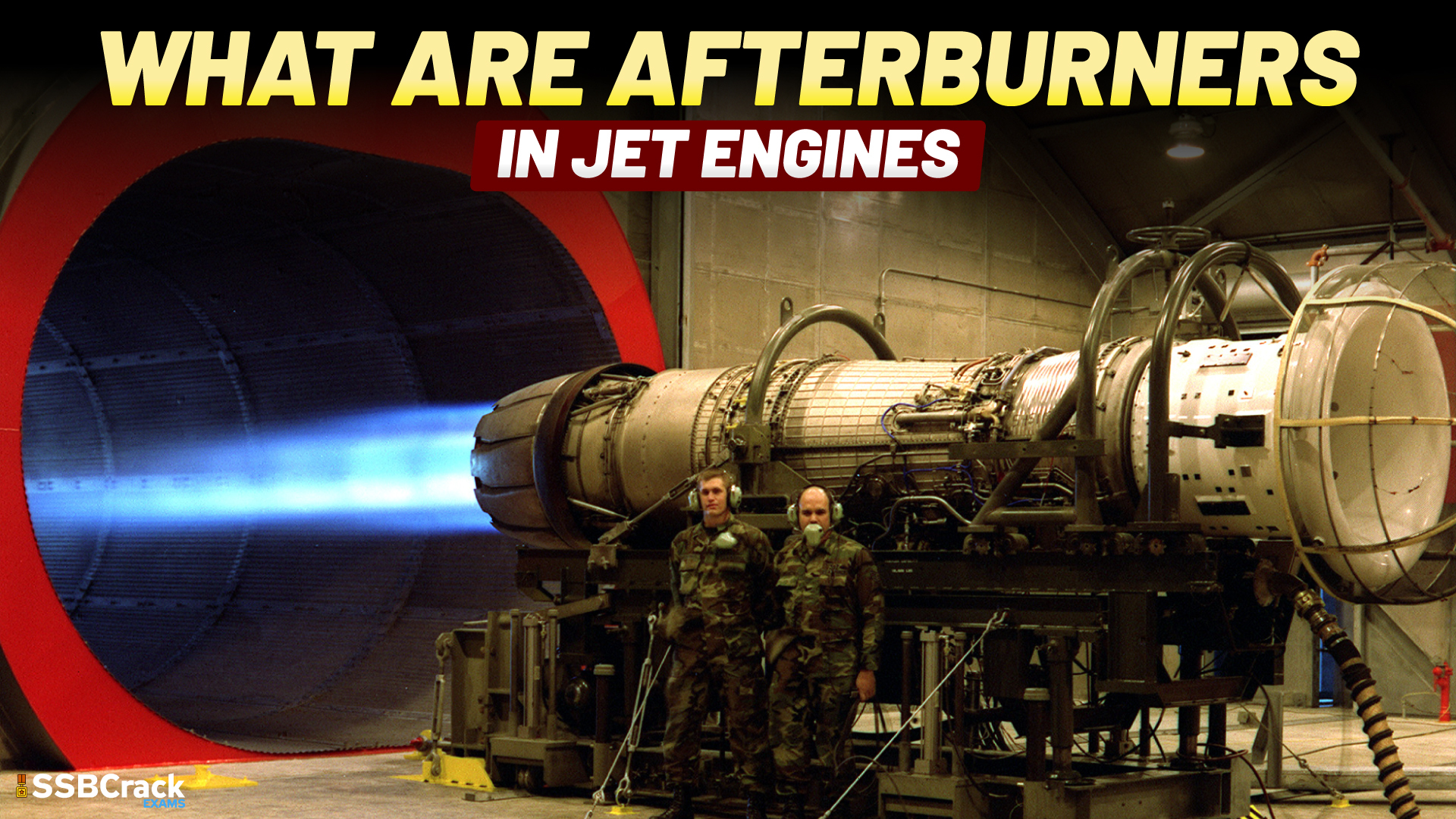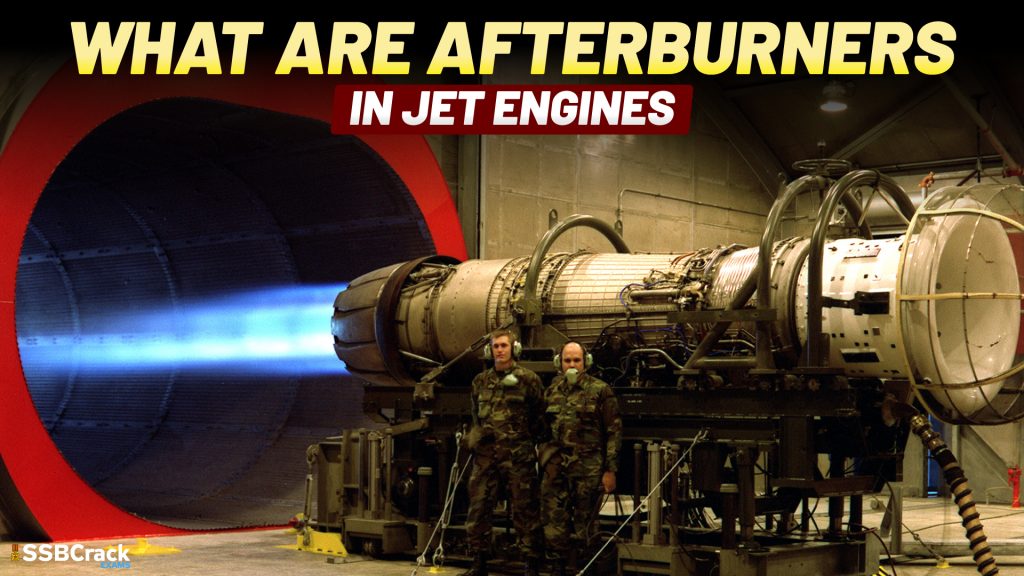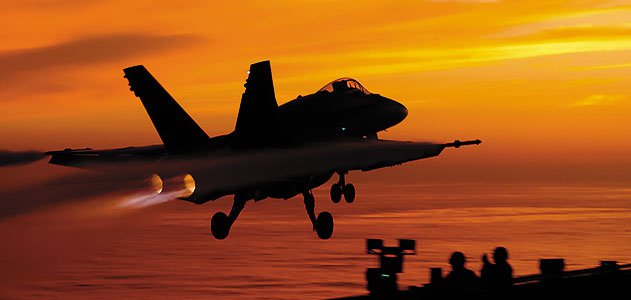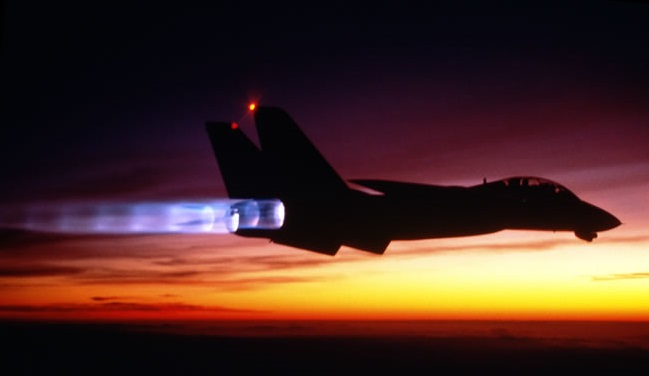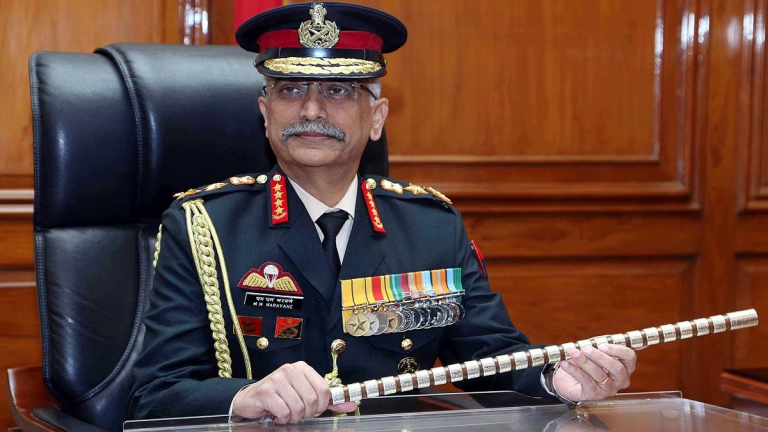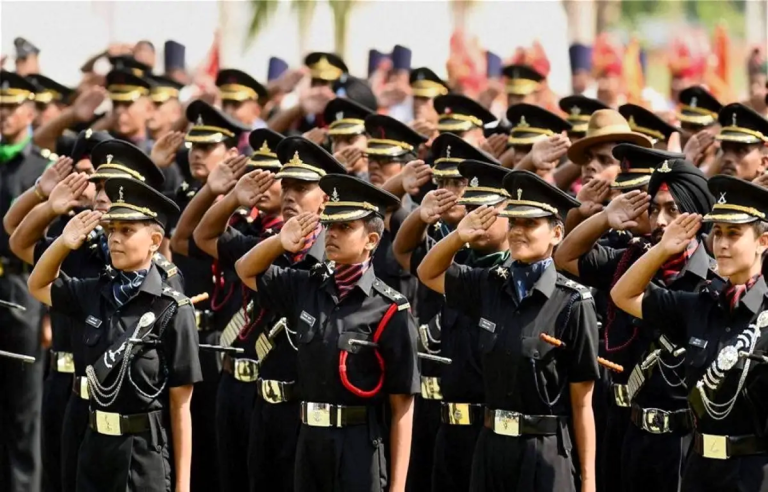Some jet engines, primarily those on military supersonic aircraft, have an additional combustion component known as an afterburner (or reheat). Usually, for a supersonic flight that takes off and battles, its goal is to boost thrust. The afterburning procedure “reheats” the exhaust stream by injecting more fuel into a combustor in the jet pipe that is behind (or “after”) the turbine. Instead of using a larger engine with its associated weight penalty, afterburning greatly enhances thrust, but at the expense of increased fuel consumption (decreased fuel efficiency), which restricts its use to brief durations. The definition and use of the term “reheat” as it relates to gas turbines driving electrical generators, which reduces fuel consumption, differs from the application of the term in the context of airplanes.
Jet engines are referred to as operating wet when afterburning and dry when not. An engine producing maximum thrust wet is at maximum power, while an engine producing maximum thrust dry is at military power.
Principle
By increasing the momentum of the air moving through it, jet engines generate thrust, which is an application of Newton’s reaction principle. The velocity of the exhaust gas and the mass of the gas leaving the nozzle are two factors that affect thrust. By either accelerating the gas to a faster speed or expelling a larger volume of gas, a jet engine can generate more thrust. The turbofan engine is created by basing a basic turbojet engine design on the second principle. It produces slower gas, but more of it. Although they may produce high thrust for extended periods of time and consume little fuel, turbofans have a huge size in relation to their power output.
How does it work?
The general law of mass flow rate governs the thrust of jet engines. The mass and velocity of the exhaust gas are two factors that affect thrust. A jet engine can generate additional thrust by either increasing the gas’s exit mass or its rate of acceleration to a higher velocity. The turbofan engine is created by basing a basic turbojet engine design on the second principle. It produces slower gas but more of it. Although they can maintain high thrust for extended periods of time and consume little fuel, turbofans have a huge size in relation to their output due to their design.
An engine needs an afterburner to produce greater power with a smaller engine for brief periods of time. The main way the afterburner increases thrust is by speeding the exhaust gas. Although the additional fuel mass in the exhaust does boost thrust, this effect is negligible in comparison to the rise in exhaust velocity.
Observable Signs
The thrust that is produced by afterburners is significantly increased, and there is often a very huge flame at the back of the engine. Shock diamonds, which are created by shock waves formed as a result of minor changes between ambient pressure and exhaust pressure, may be visible in this exhaust flame. Where the pressure and temperature are at their maximum, these imbalances lead to oscillations in the exhaust jet diameter across a wide range and the visible banding.
Follow SSBCrackExams for more such articles.
To crack the SSB Interview, You can join our SSB interview live classes batch and we recommend you to Enroll SSB INTERVIEW ONLINE COURSE. Trusted by thousands of defence aspirants.
Also Read:
- All You Need To Know About Indian Air Force Fighter Aircraft
- All Aircrafts Of Indian Air Force [UPDATED LIST]
- All Fighter Aircraft Of India – How To Identify Them

